Oh no! So, your dog got bit by another dog. It's super stressful, we know, but understanding what to do next can make all the difference.
Don't worry; we've got you covered. Our guide will help you handle the situation like a pro. Let's walk through how to treat your dog's injury and when to seek expert care. Keeping calm and acting fast is key, so let's get started!
Assessing the Severity of the Bite

When another dog bites your pup, the first thing to do is assess how serious the injury is. A small scratch might not be a big deal, but a deeper puncture or tear could lead to more trouble.
Check the size of your dog's bite wound, the amount of bleeding, and how your pet is reacting. A serious bite could involve swelling, bruising, or even broken bones. Also, look out for signs of distress, like whimpering or limping. If the bite seems severe, call your vet for advice.
How To Check for Superficial vs. Deep Wounds
A superficial wound will be a small scrape or puncture that doesn't go deep into the skin. You may see some redness or bleeding, but it's usually minimal.
Deep wounds may appear more jagged and will often bleed more heavily. If the bite is deep, you might even notice swelling or tissue damage around the area.
Keeping the wound clean, regardless of depth, is important. If you're unsure whether the wound is superficial or deep, it's always best to get your pup checked by a vet.
Signs of Infection or Internal Injury
After a dog bite incident, keep an eye on your furry friend for signs of infection or internal injuries. The faster you catch these red flags, the better:
- Fever. A high temperature could signal an infection.
- Swelling. Look for unusual swelling around the bite or under the skin.
- Lethargy. It could be a red flag if your dog seems unusually tired or sluggish.
- Vomiting or Diarrhea. These symptoms could indicate a deeper internal issue or infection.
Immediate First Aid for a Dog Bite on a Dog

Immediate first aid can help reduce the risk of infection and make your pup more comfortable. Start by staying calm and getting control of the situation.
You'll want to stop any bleeding and clean the wound gently. Use a clean cloth or gauze pad to apply pressure to the wound. Once the bleeding stops, clean the area with mild soap and water, removing any debris.
Keep your fearful or anxious dog calm and avoid them licking the wound to help prevent infection. If the injury looks serious, contact your vet right away for further instructions.
How To Clean and Disinfect the Wound
Start by gently washing the area with mild soap and lukewarm water. Avoid using harsh disinfectants like hydrogen peroxide or isopropyl alcohol, which can damage healthy tissue. Once the area is clean, apply a thin layer of antibiotic ointment specifically made for dogs to prevent infection.
For small wounds, a clean, dry gauze pad will do the trick for applying the ointment. For larger ones, wrap the area with sterile bandages to keep it protected. Don't forget to keep the bandage clean and dry while your dog heals.
When to Apply Pressure and Bandages
If there's bleeding, you'll want to apply pressure and bandaging. Use a clean cloth or gauze pad to gently press down on the dog bite, preventing further blood loss. Hold the pressure for a few minutes until the flow of blood stops or slows greatly.
Once the bleeding has stopped, apply a bandage to protect the wound. A sterile bandage is a good option for larger or deep wounds. Make sure the bandage isn't too tight, as it can restrict circulation. Check the bandage regularly and change it every 24 hours for smaller wounds and every 12 hours for more serious wounds. Also, change the bandaging if it gets wet or soiled.
When To Seek Veterinary Care
More serious bite injuries can require professional attention. If the wound is deep, large, or located in a sensitive area, contact your vet, stat. Also, never ignore signs of infection, heavy bleeding, or persistent pain; these are other reasons to visit your vet.
If you want to stay on the safe side, even if the wound seems small, still have your vet examine it. Some internal injuries or infections may not be obvious right away.
Signs That Require Professional Medical Attention
You and other dog owners will do well to know when the situation calls for expert care. If you spot any of the following, get your dog to the vet ASAP:
- Heavy Bleeding. If the bleeding doesn't stop after applying pressure.
- Deep Wounds. Any wound that goes beyond the surface may need stitching or further treatment.
- Fever. A fever could indicate an infection.
- Pale Gums. Pale gums can suggest internal bleeding or shock.
- Lethargy. If your dog is unusually tired or unresponsive.
- Infection: Signs like redness, swelling, or discharge around the wound could indicate an infection.
- Intense Pain: If your dog is showing signs of severe discomfort, such as whining, trembling, or limping.
The Risk of Infections and Complications
A dog bite can lead to infections and other serious complications if not treated properly. Even small puncture wounds can harbor bacteria, increasing the risk of tissue infection or bone infection. The bite can also create pockets of dead space, which can cause infection to pool and spread.
If you notice signs of infection, such as increased redness, swelling, or pus, your pet may need professional dog bite treatment. Watch for fever or changes in your pup's behavior as well, as these could signal worsening infection.
Early treatment with dog antibiotics can help fight infection and speed up healing. Follow your vet's advice and avoid stopping antibiotic treatment earlier than necessary to ensure full recovery.
How To Calm Aggressive Canines After a Fight
After a bite incident, dogs can become more aggressive or nervous. Calmly and carefully handling your furry buddy can help prevent further stress.
It helps to keep them in a quiet, safe place where they can relax and recover. Use soothing techniques like gentle petting, a calm voice, and calming aids to help your dog feel more at ease. A serene atmosphere will help your canine companion process the situation and overcome aggression or fear.
Separating Dogs Safely Without Escalating Tension
The first priority is your and your pup's safety during a dog fight. Never try to pull a threatening dog apart with your hands. Instead, use a barrier like a chair, a large object, or a leash to create distance.
Stay calm and move slowly. Quick, jerky movements may escalate tension, and loud noises can make the situation worse. If necessary, wait for the dogs to calm down before safely separating them. Once separated, give both dogs time to cool off in different areas.
Recognizing Fear-Based vs. Dominance-Based Aggression
Fear-based aggression happens when your pup feels threatened or anxious, often leading to defensive behavior. On the flip side, dominance-based aggression occurs when a dog is trying to assert control over another dog. Look for these signs to help determine the type of aggression your dog may have acted on:
- Fear-Based. Cowering, tail between the legs, or trying to hide.
- Dominance-Based. Staring, growling, and standing tall.
Related Post: How To Stop Dog Biting: Solutions for a Well-Behaved Pup
Calming Aids and Calming Techniques for Dogs

When your dog gets bitten, calming its nerves is just as important as treating the wound. To help your pup settle down, try these approaches:
- Gentle Petting. Softly rub your dog to reassure them.
- CBD (cannabidiol). CBD is a natural calming aid that works wonders in helping dogs relax and recover after stressful experiences. We offer calming CBD products—like our CBD Dog Treats for Anxiety, CBD Calming Chews, CBD Oil, and CBD Capsules—which help calm dogs in tough situations. Additionally, CBD may ease stress and soothe physical discomfort.
- Thundershirts. These snug comforting shirts help calm anxious dogs by providing a hugging sensation.
- Music or White Noise. Playing soothing sounds like classic music or white noise can ease your pet's nerves, just be sure to keep the volume at a tolerable level.
- Valerian Root: This herb has natural sedative properties and may help calm anxious dogs, either in supplement form or through teas.
- Chamomile Tea: Chamomile is known for its relaxing effects. It can be given to your dog in small amounts (cooled tea) to help soothe its nerves.
These soothing solutions can help your dog get back to their happy, relaxed self. Of course, our tips don't constitute medical advice, so always get your vet's approval for any of these approaches.
Preventing Future Dog Bites and Fights
To prevent future dog bites and fights, remember these three things: proper training, recognizing signs of aggression, and addressing canine combativeness. All these combined can teach your pup how to behave around other dogs, reducing the chances of a fight breaking out. Let's dissect these strategies further in the next sections.
Proper Socialization and Training for Dogs
Exposing your pet to various situations, other dogs, and people in a controlled and positive way can reduce their fear and anxiety. Socializing from a young age teaches your furry friend how to behave around others.
Training also helps by reinforcing good behavior. Basic commands like "sit," "stay," and "leave it" can redirect your pet's attention in tense situations. The more your dog learns to interact calmly, the less likely it is to lash out.
Recognizing Early Signs of Aggression
Knowing the early warning signs of aggression can help you stop a fight before it even starts. By watching your dog closely, you can identify subtle signs that something's not quite right:
- Stiff Body Language. A tense posture can signal discomfort or readiness to fight.
- Baring Teeth. This is a clear warning that your dog feels threatened.
- Growling. A low growl can be a sign of anxiety or dominance.
- Frozen Stare. A fixed, unblinking stare indicates a potential challenge.
- Aggressive Nipping: Quick, sharp nips can be a sign of irritation or frustration, especially if your dog is feeling cornered or threatened.
Final Thoughts: Dog Bit by Another Dog
Having your pup bit by another dog is never fun, but with the right steps, you can handle the situation and help your furry friend heal. Don't forget that keeping your pet calm with soothing techniques and calming aids, like HolistaPet's CBD products, can help ease their stress and discomfort during the healing process.
With the right care, training, and vigilance, you can prevent future dog bite incidents. Stay calm, be proactive, and always trust your vet when in doubt. Your canine bestie will thank you!


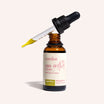
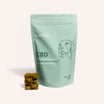
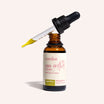
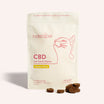
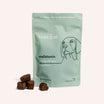
![Probiotics For Dogs [Soft Chews] - HolistaPet](http://www.holistapet.com/cdn/shop/files/Probiotic-Infographic-1_472d7a29-e30c-435a-9638-1365d8c3a9f9.jpg?v=1725384841&width=104)
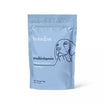
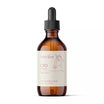
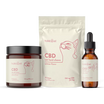
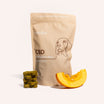
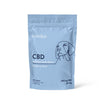
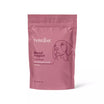
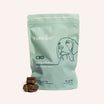
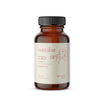
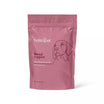
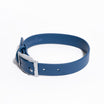
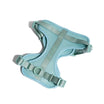
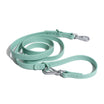
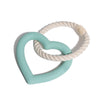
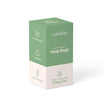
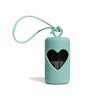
![My Dog Got Bit by Another Dog [Here's What to Do]](http://www.holistapet.com/cdn/shop/articles/My_dog_got_bit_7f89cc6c-ea16-459d-bd46-243c23a09a2b.webp?v=1741654133&width=1500)
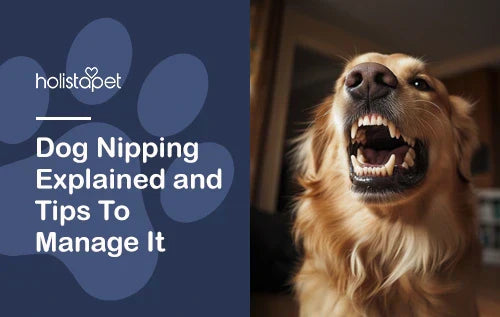
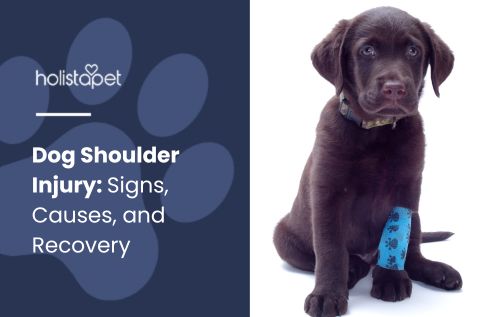
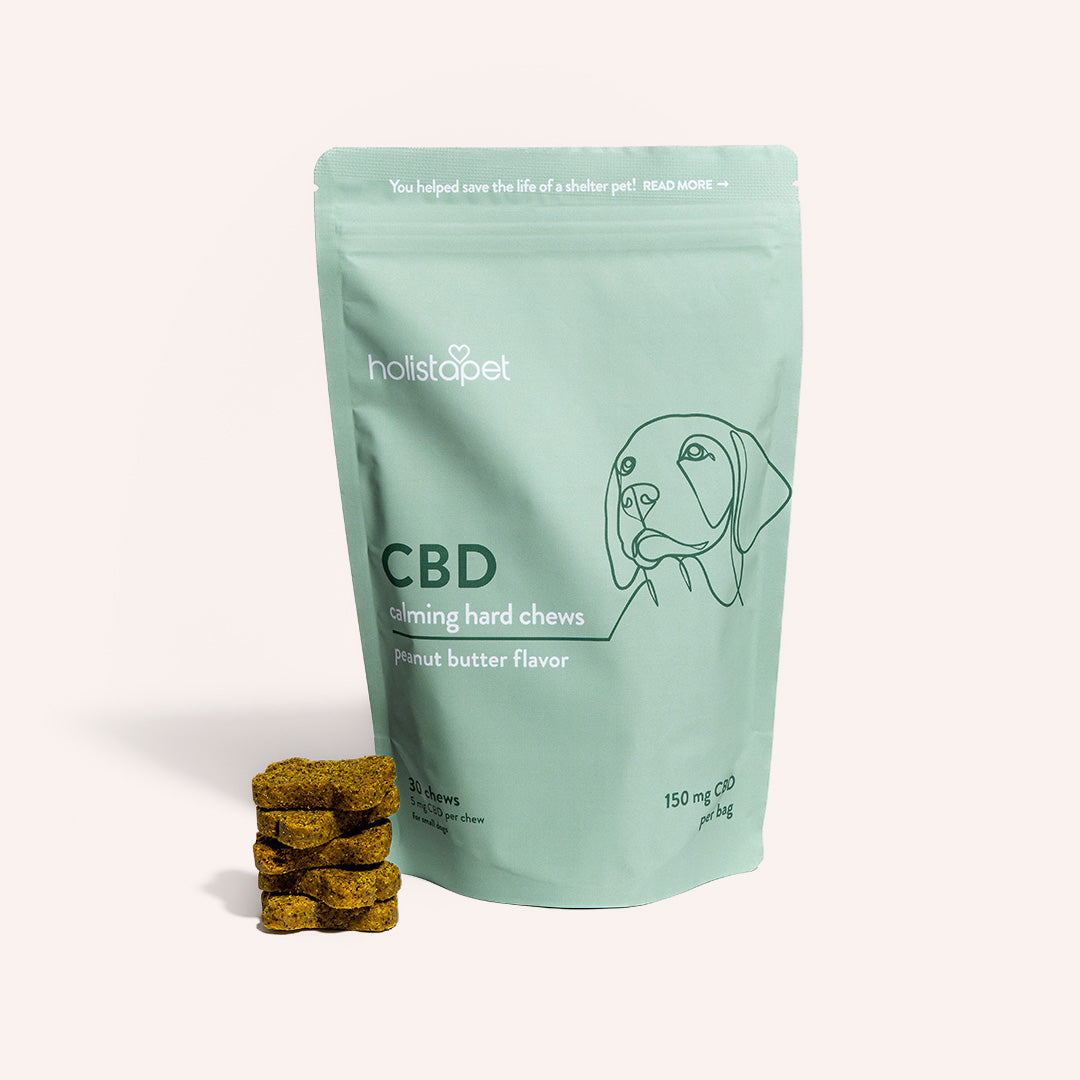
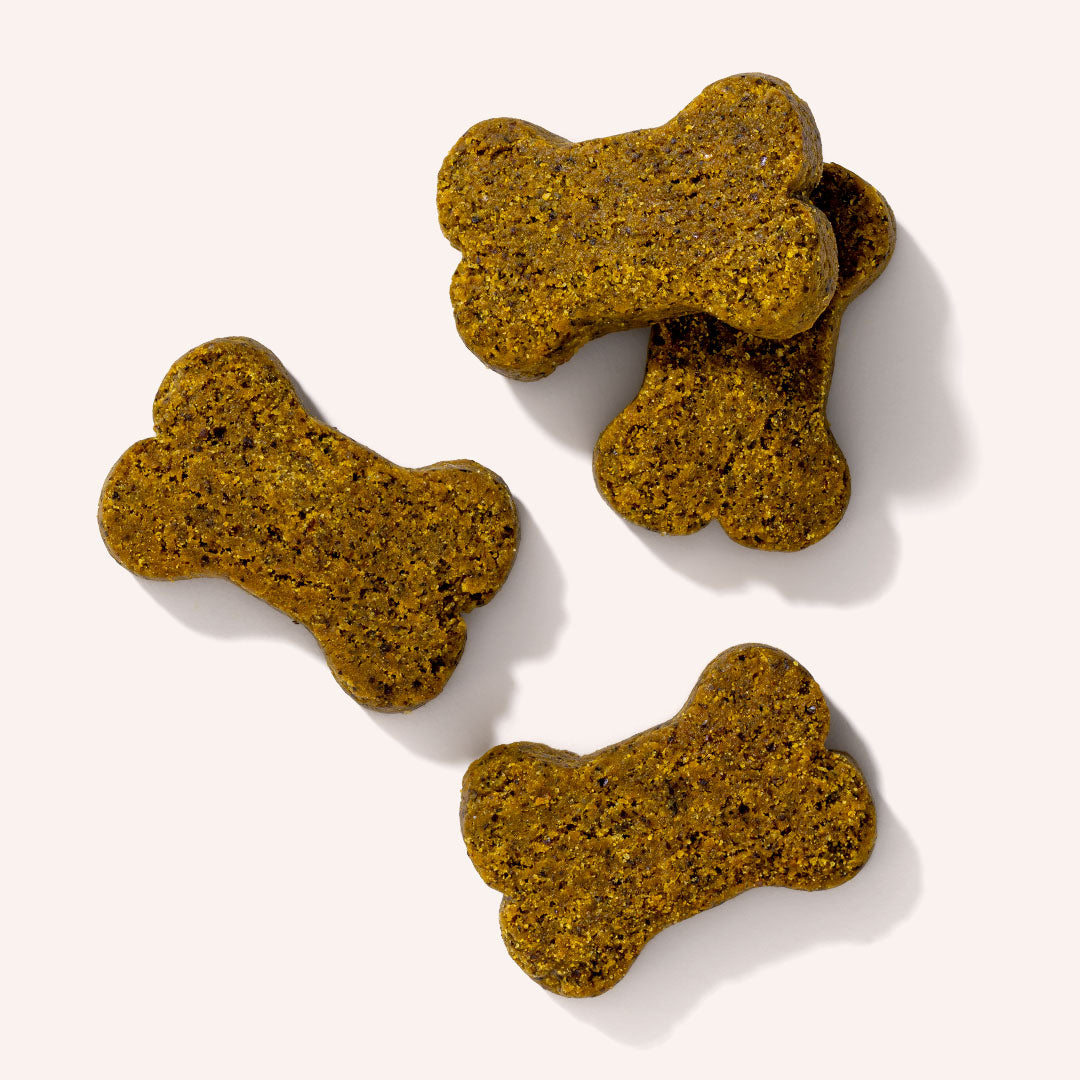
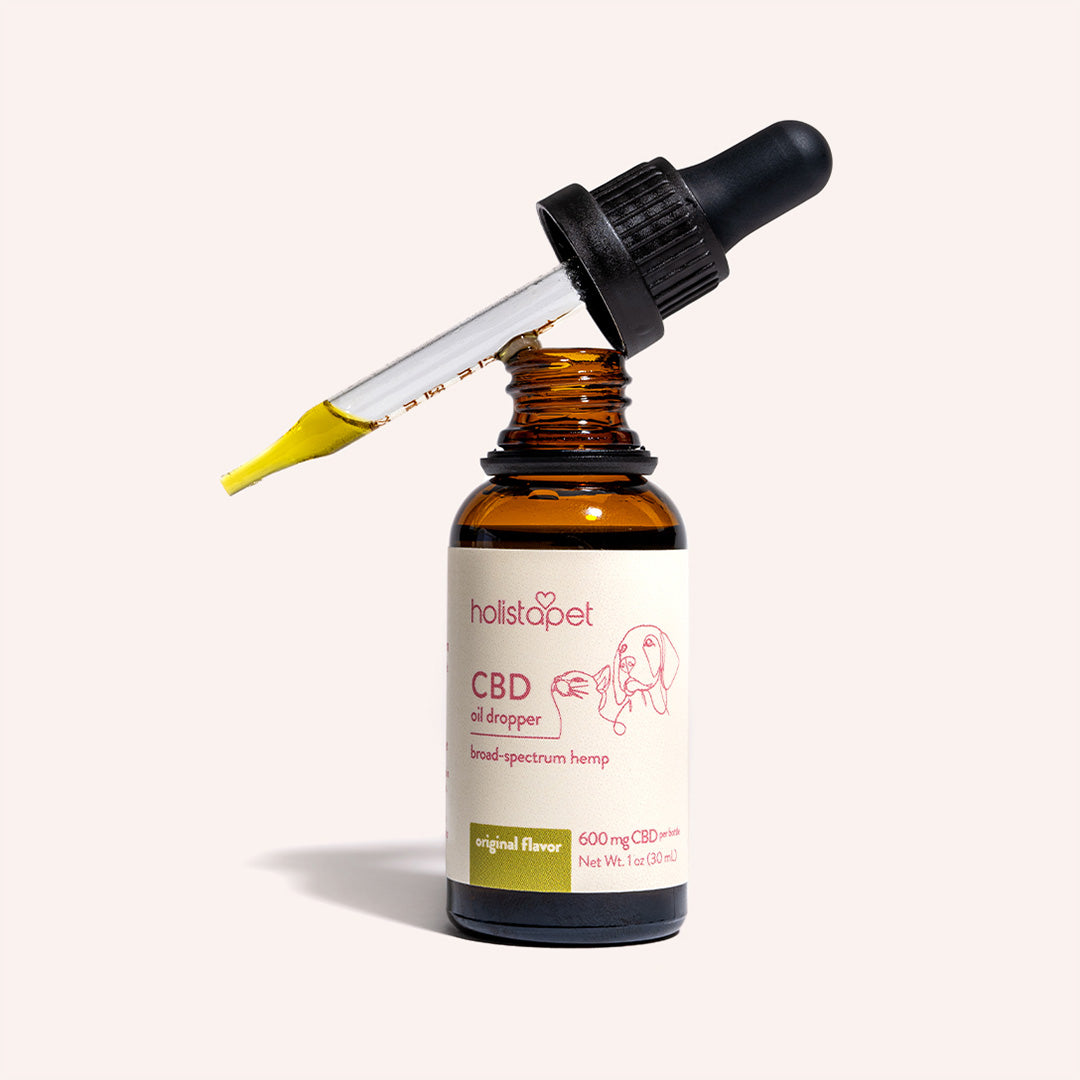
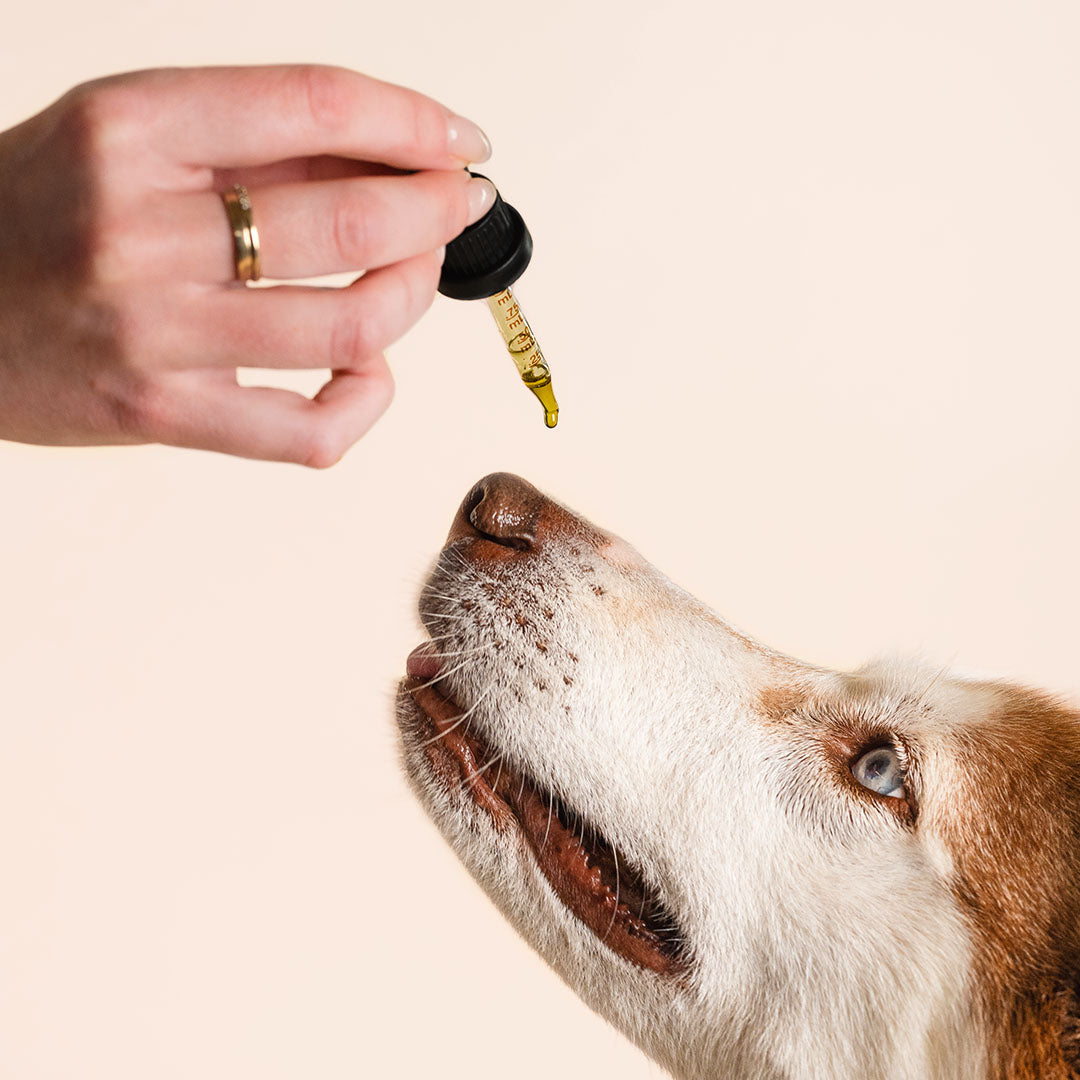
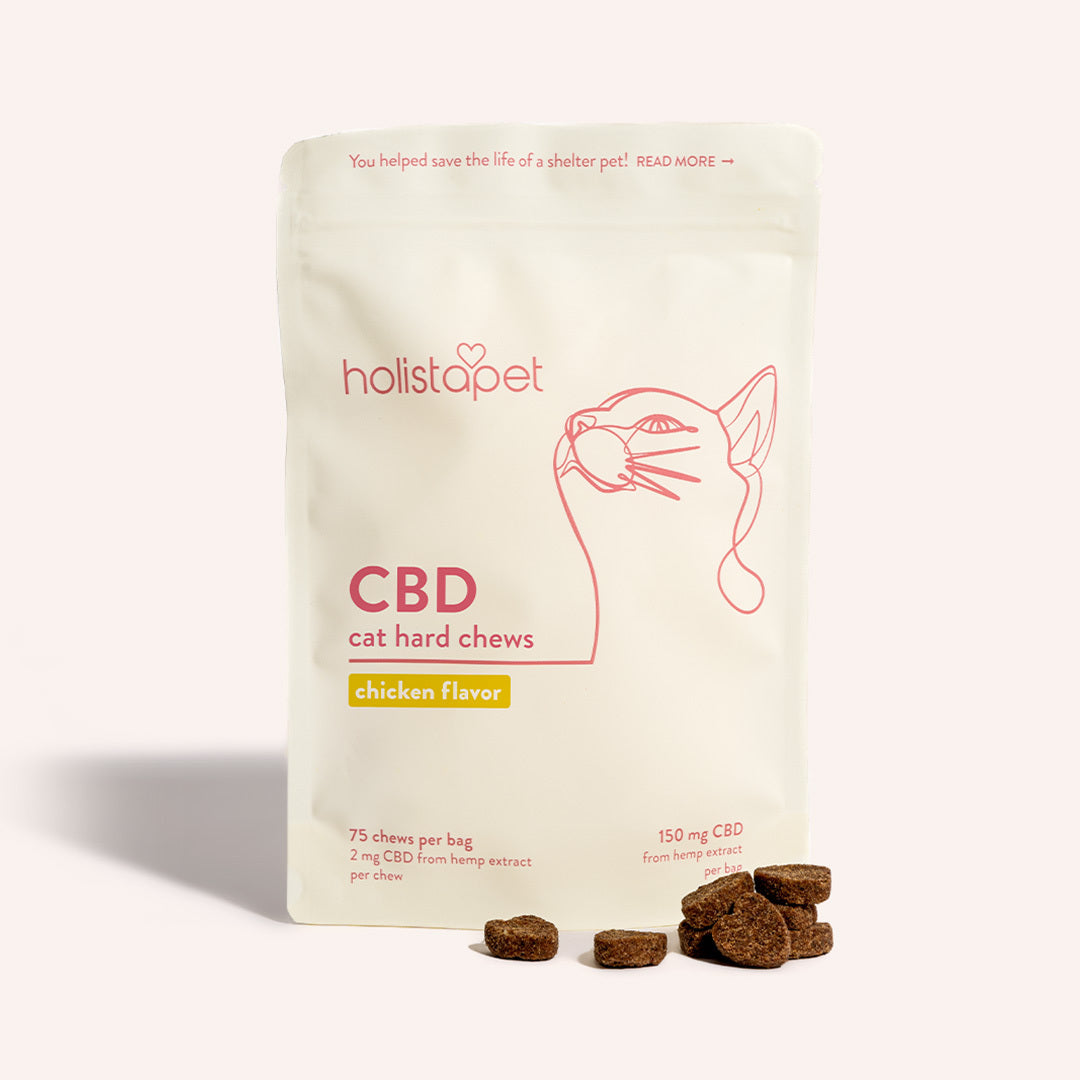
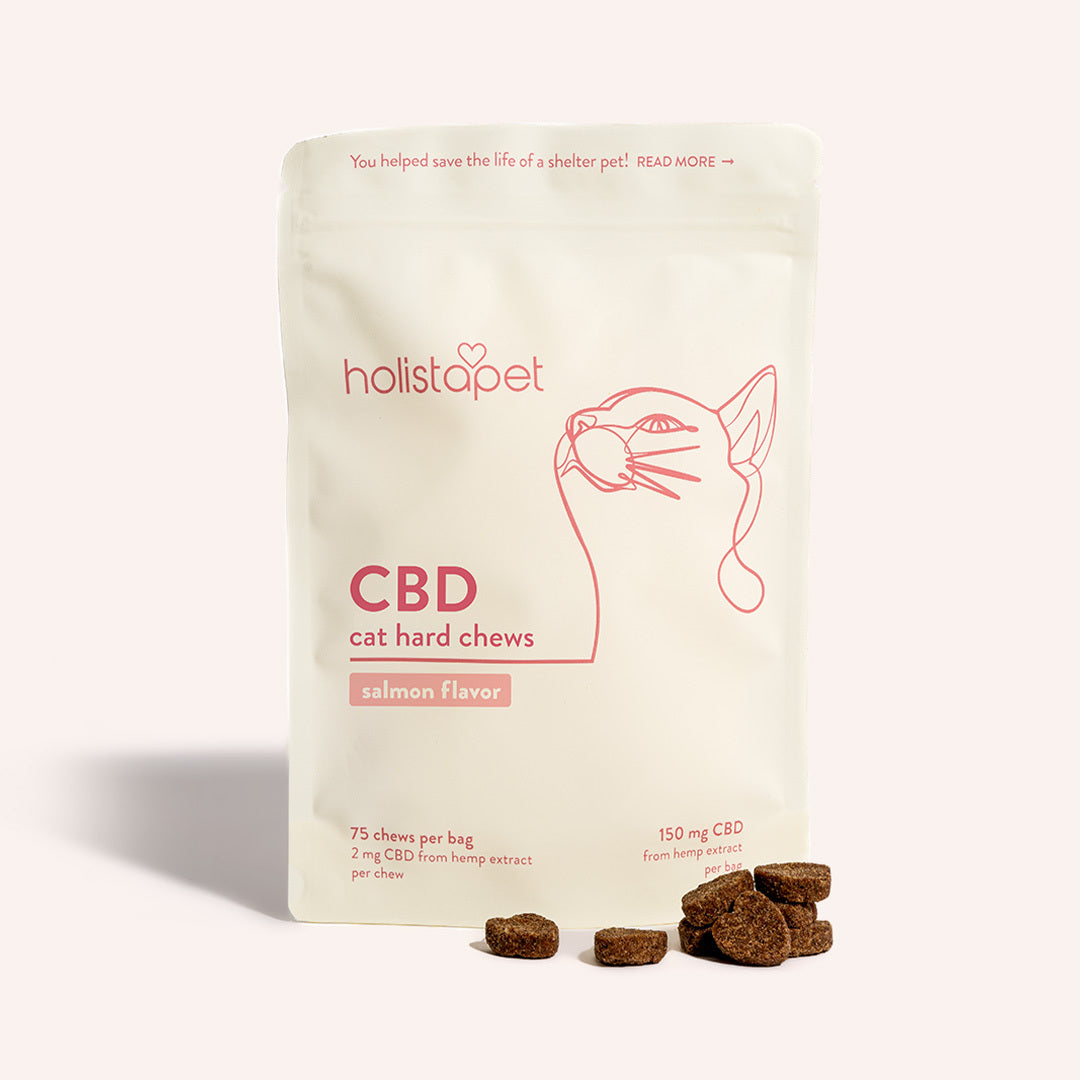
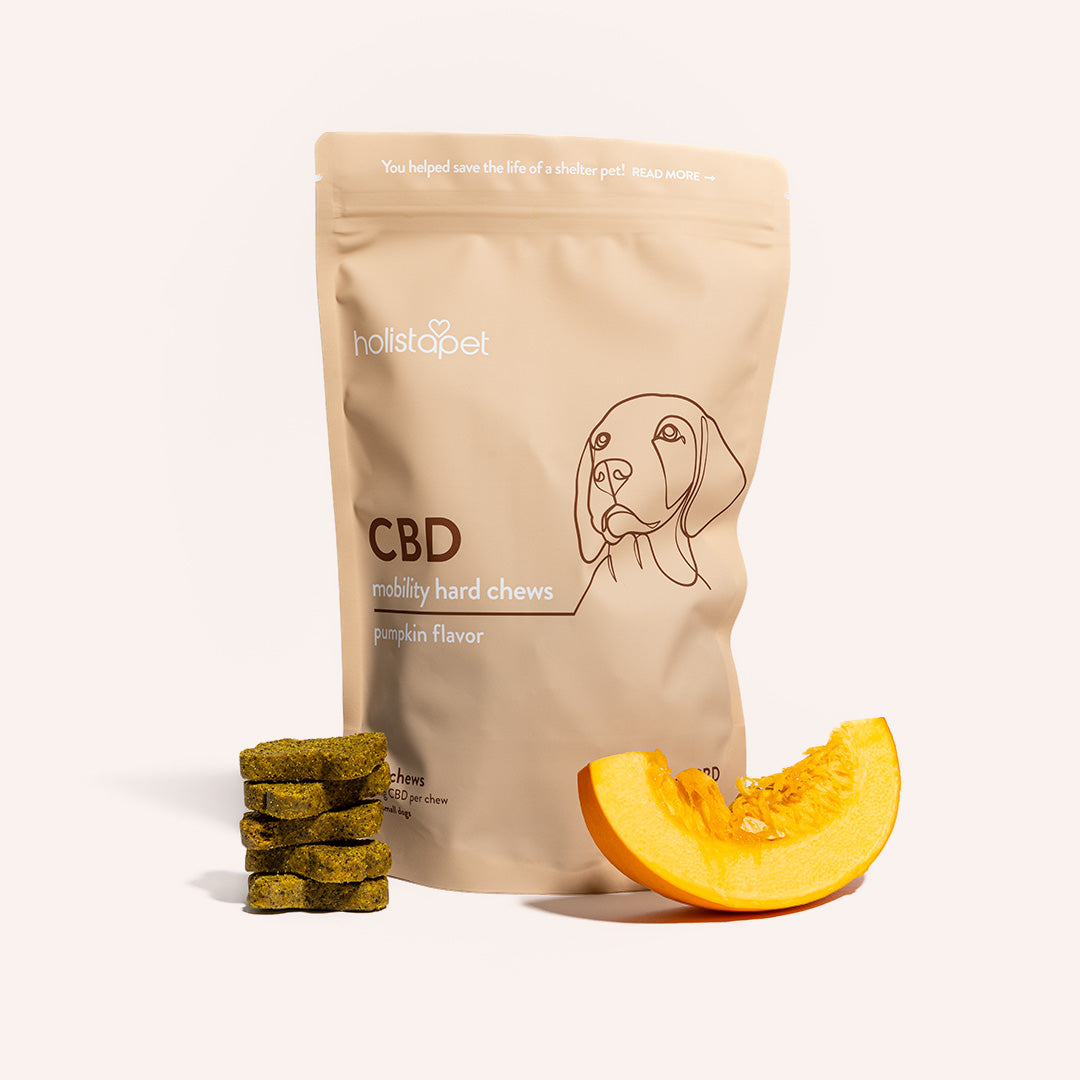
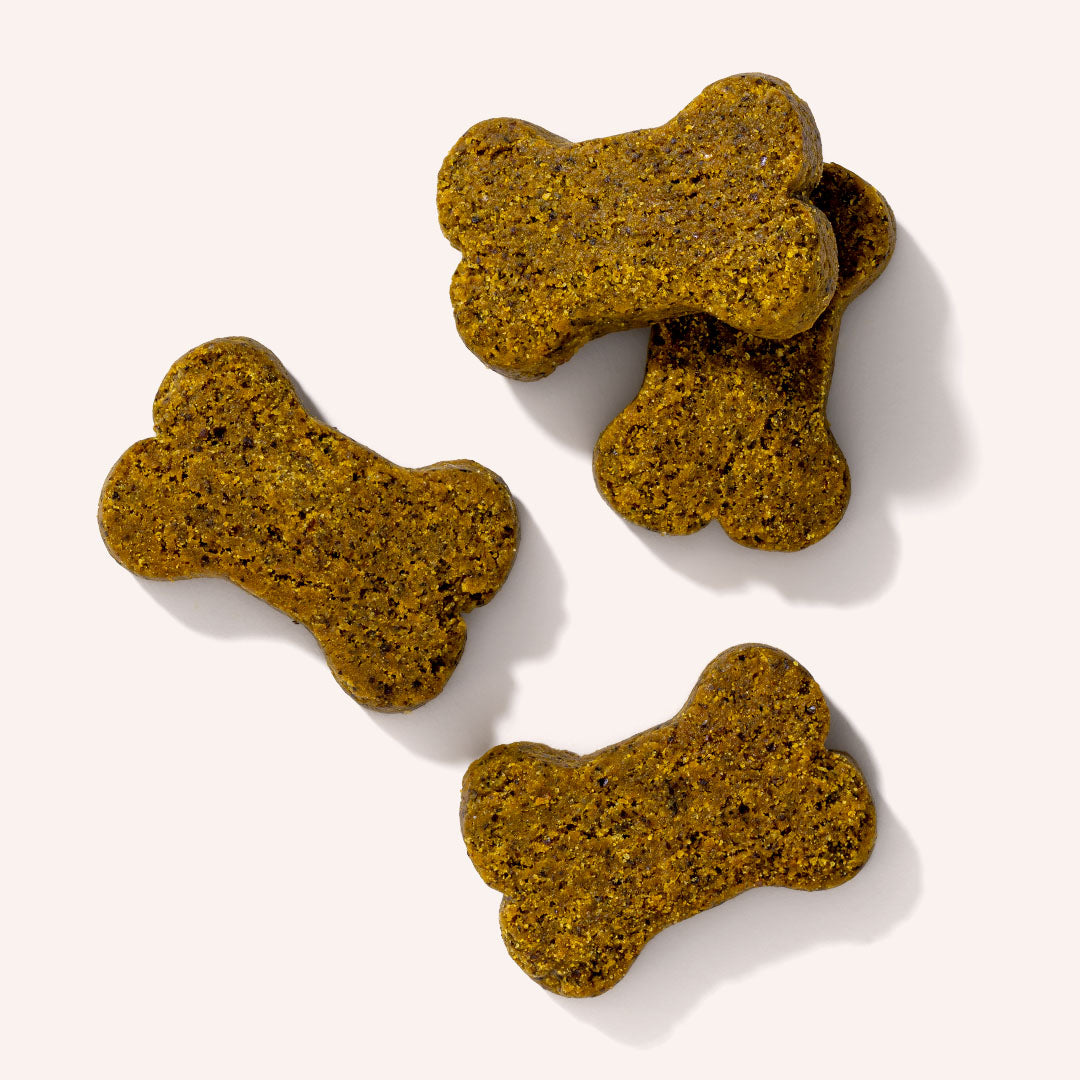

Leave a comment
All comments are moderated before being published.
This site is protected by hCaptcha and the hCaptcha Privacy Policy and Terms of Service apply.